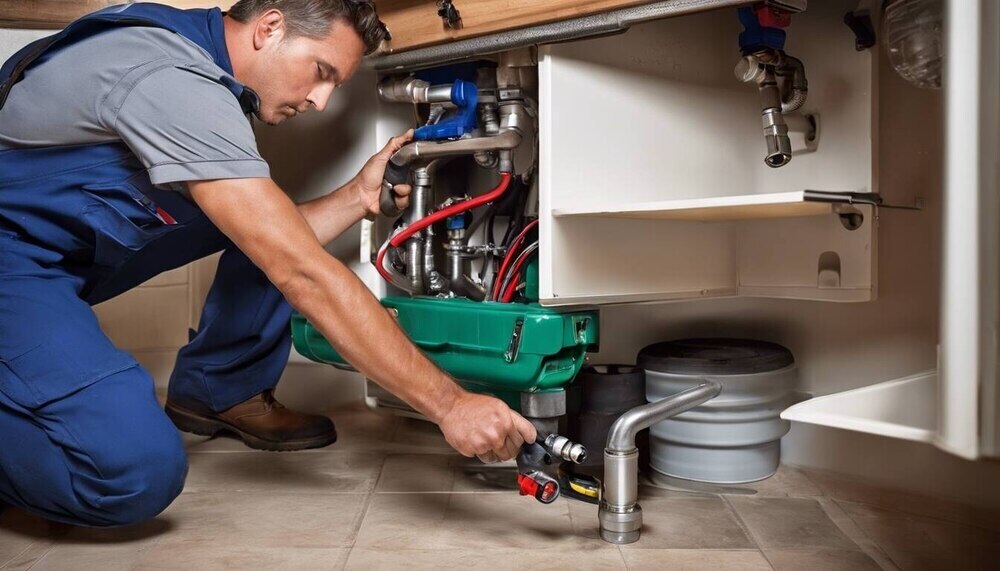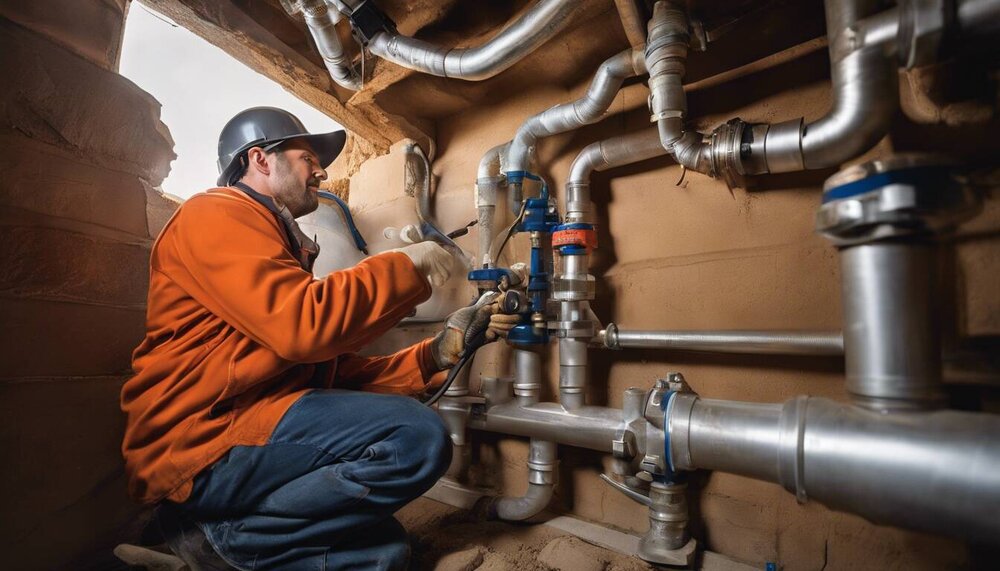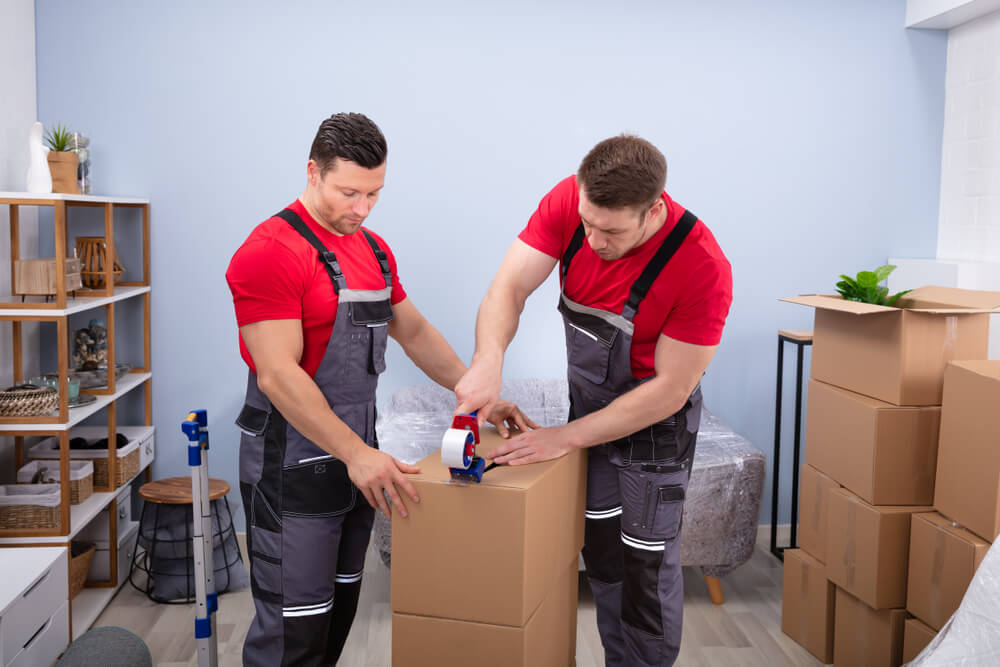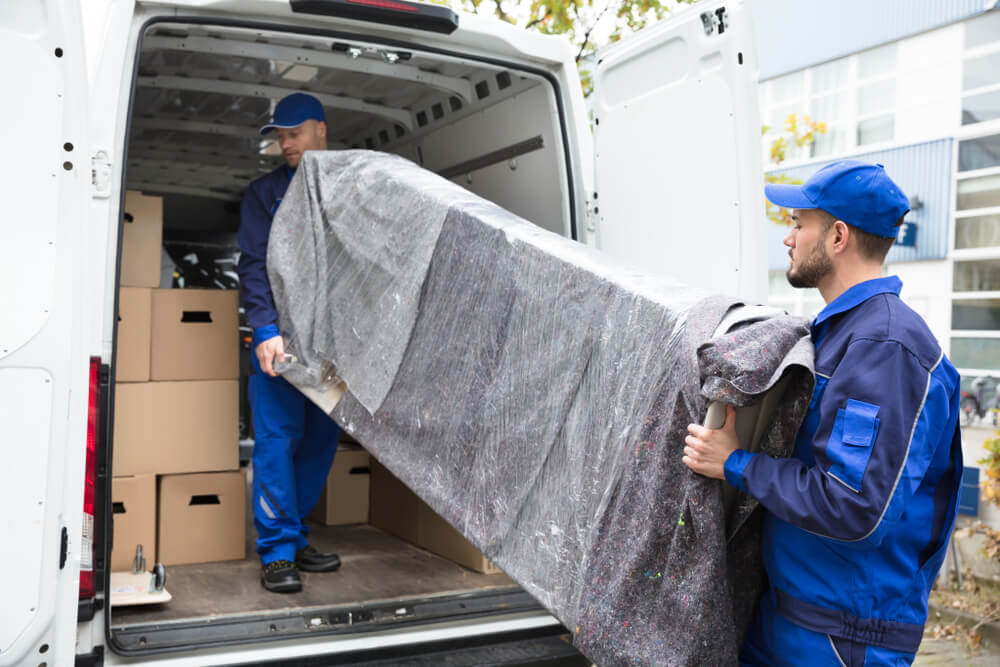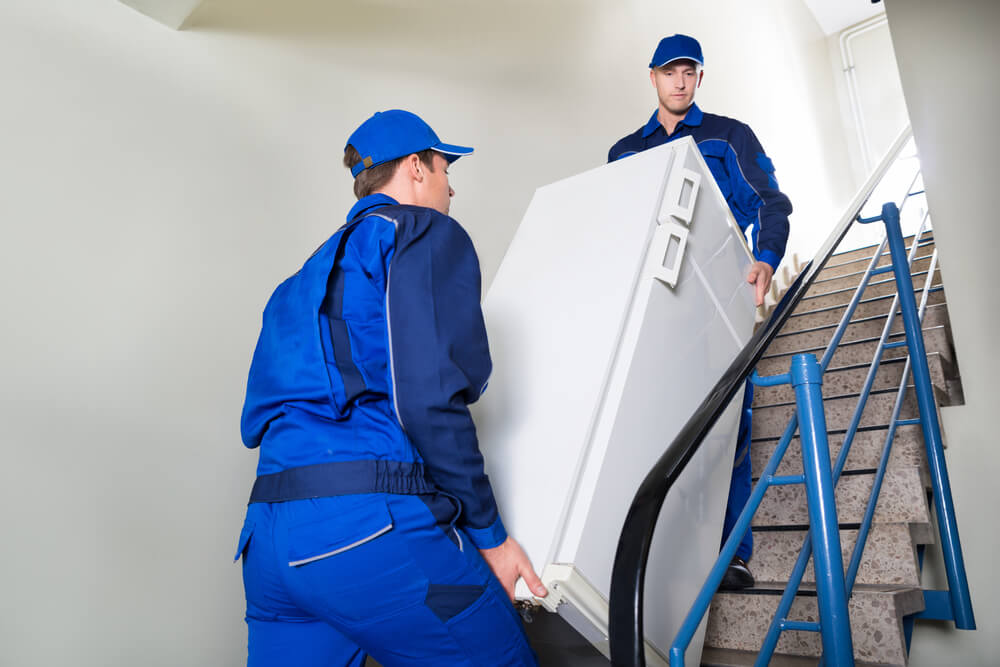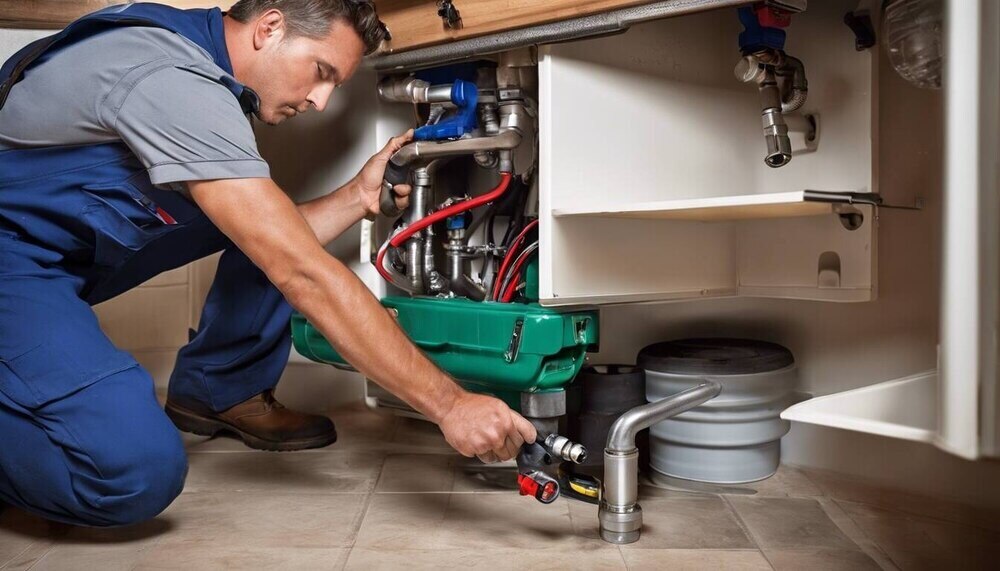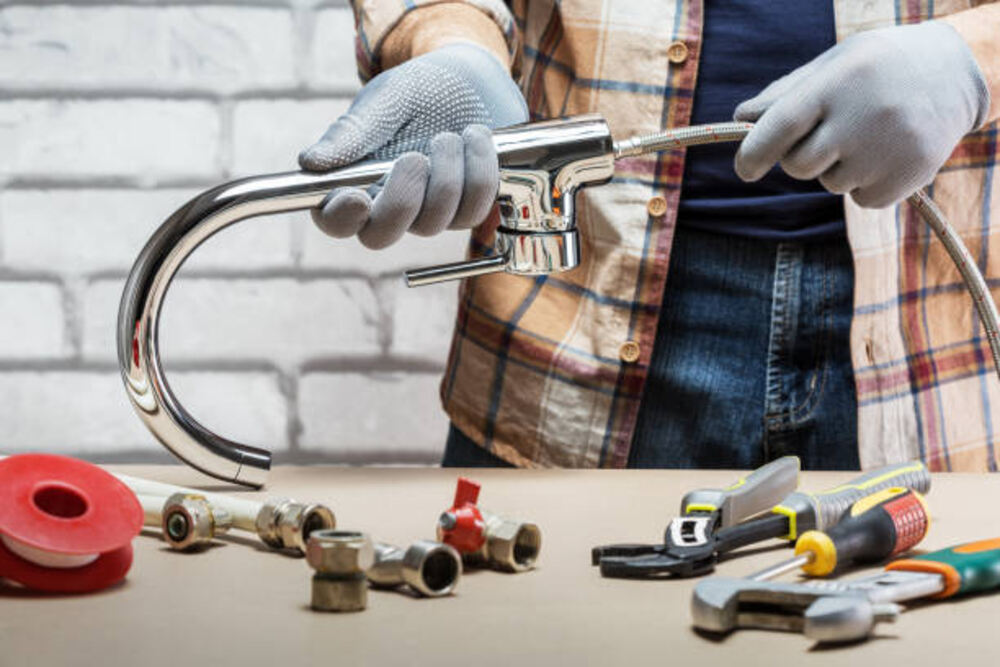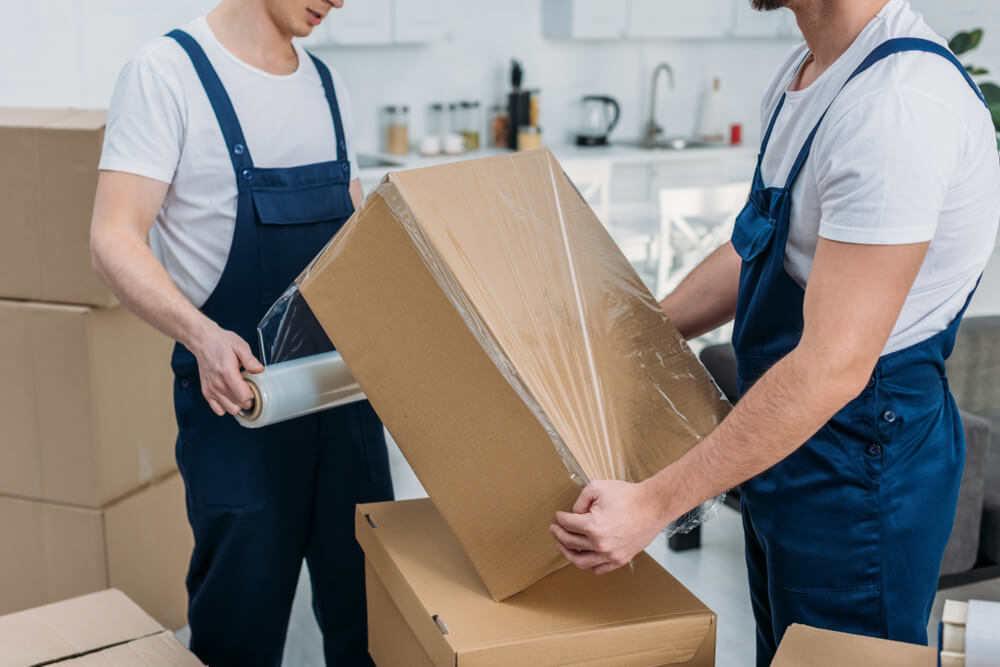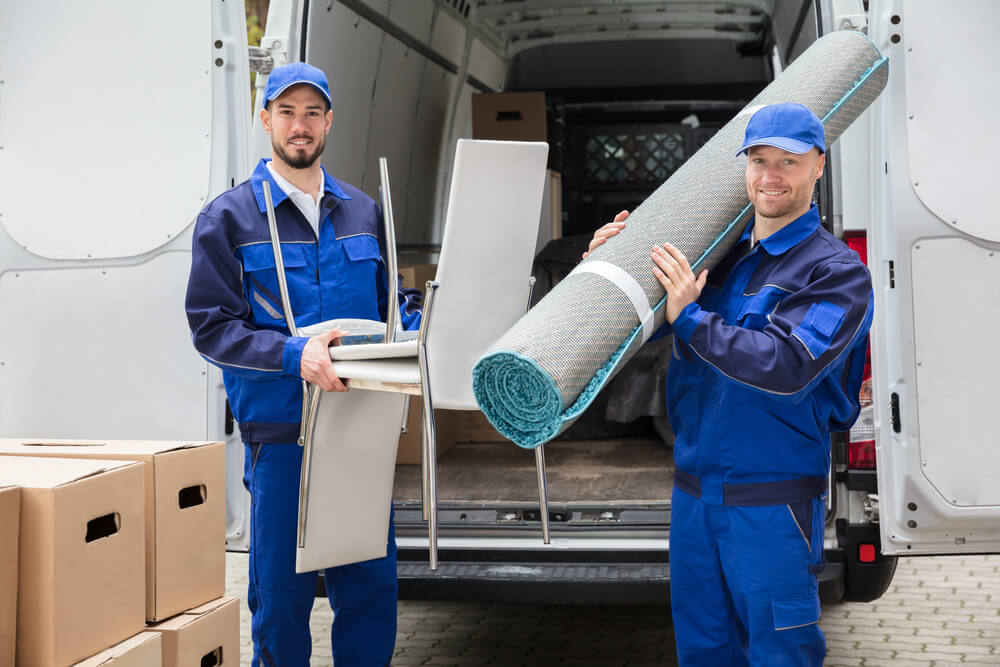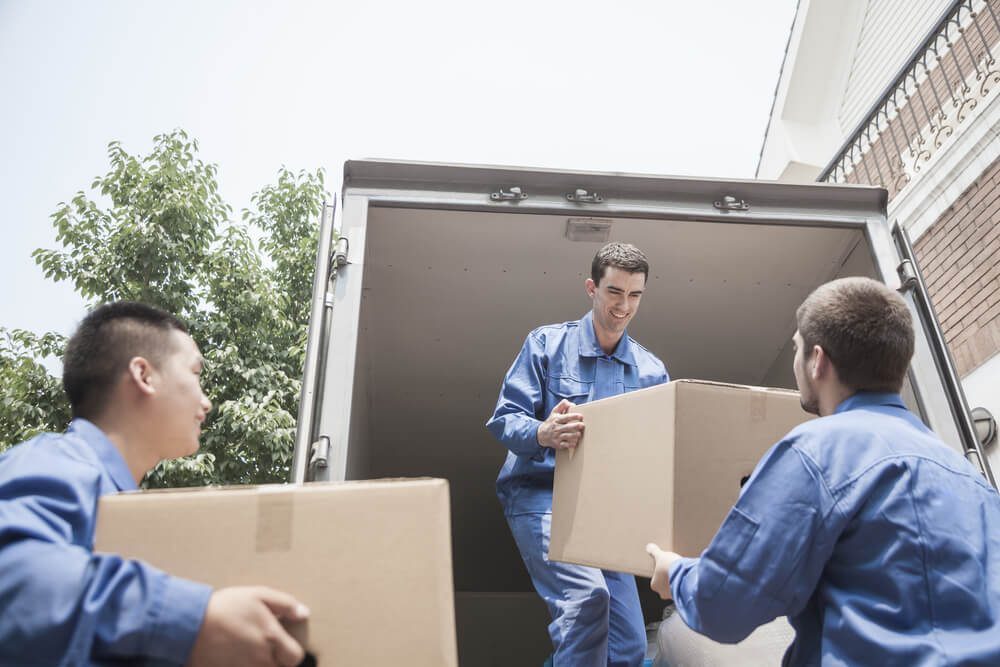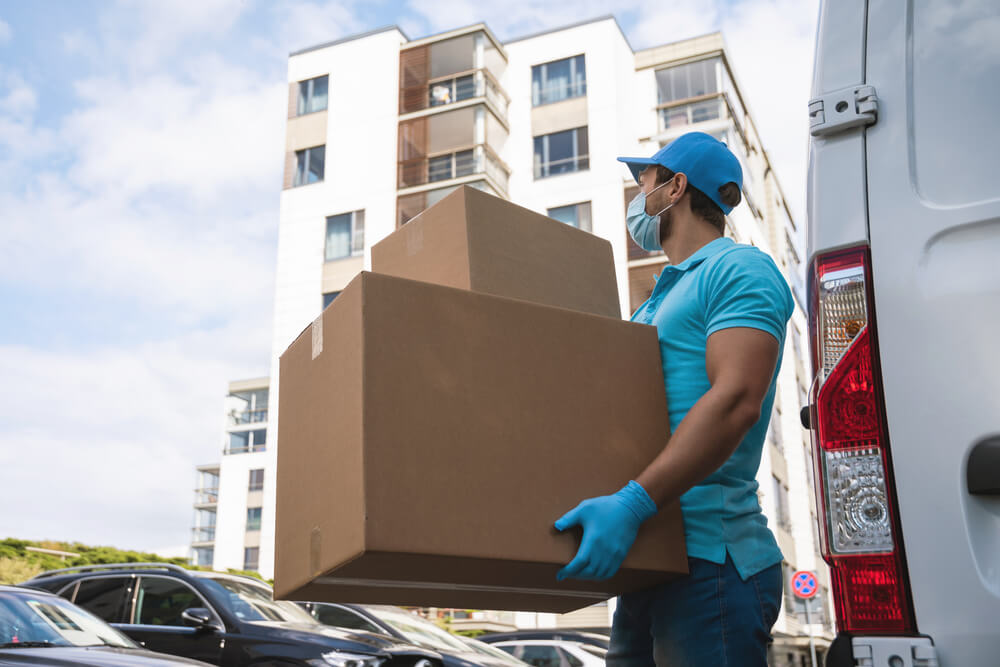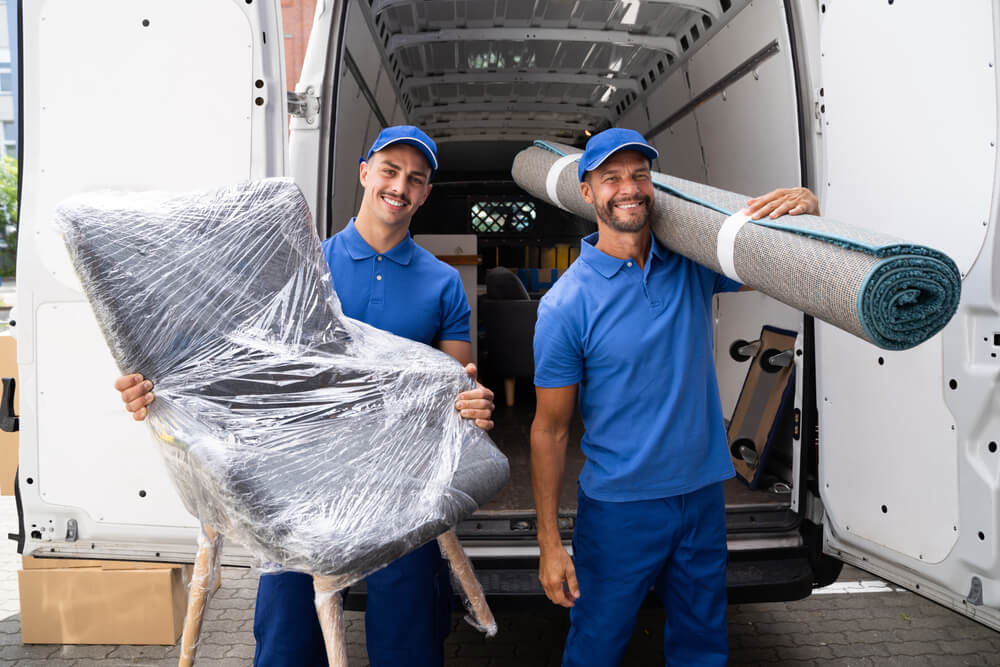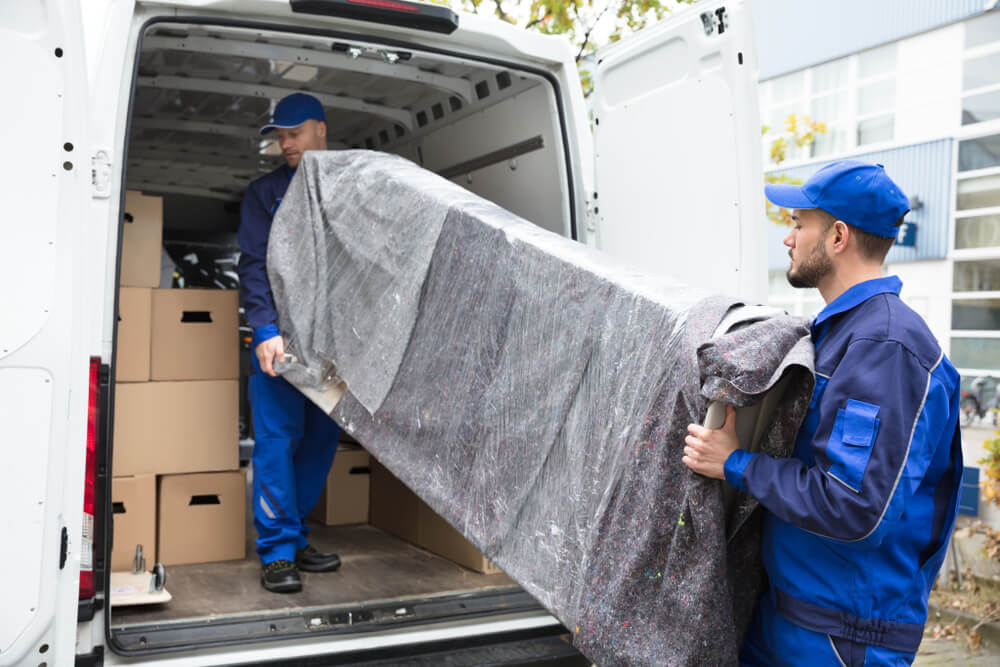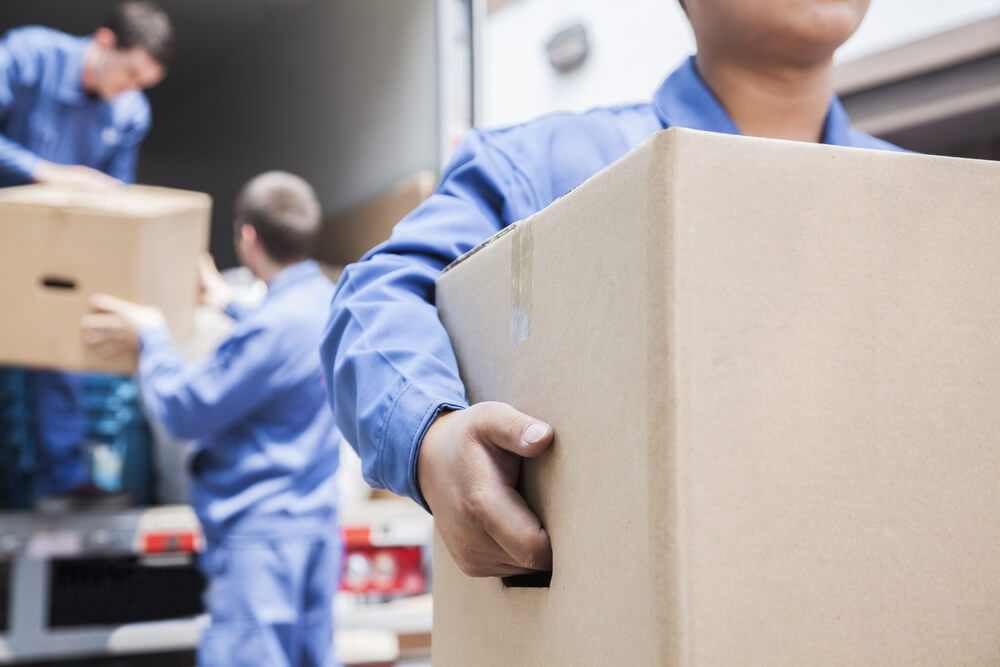London, a city teeming with life, culture, and endless possibilities, offers a unique backdrop for the modern dating scene. While the urban hustle and bustle can present its own set of challenges, the rewards of navigating relationships in this vibrant metropolis are truly unparalleled. For those seeking a romantic connection, London isn’t just a place to live; it’s a stage where diverse stories intertwine and unforgettable dating experiences unfold according to https://marry-marry.com/navigating-the-world-of-online-dating-tips-for-success/ .
One of the most captivating aspects of dating in London is its incredible diversity. This global hub attracts people from every corner of the world, creating a melting pot of cultures, perspectives, and life experiences. When you’re dating in London, you’re not just meeting someone new; you’re opening yourself up to a world of fascinating stories and broadening your own horizons. Imagine conversations spanning continents, sharing insights into different traditions, and discovering common ground in the most unexpected places. This multicultural environment enriches every interaction, making each date a potential journey of discovery. As Laura, a 28-year-old marketing professional, eloquently puts it, “The best part about dating in London is the diversity. You meet people from so many different backgrounds and cultures.” Her sentiment perfectly encapsulates the essence of London’s romantic landscape, where every connection holds the promise of something truly unique according to https://www.essentialtribune.com/.
Beyond the allure of cultural variety, London offers an almost inexhaustible array of activities that transform ordinary dates into extraordinary memories. Forget the mundane dinner-and-a-movie routine; London encourages creativity and adventure in your dating life. Picture a leisurely afternoon stroll hand-in-hand through the majestic Hyde Park, followed by a spontaneous visit to a hidden art exhibition. Envision attending quirky pop-up events in vibrant neighborhoods, or unwinding with a couple’s yoga session in one of the city’s charming summer gardens. The options are endless, from exploring bustling street markets and discovering delicious global cuisines to enjoying late-night dessert runs after a captivating theatre show. These shared experiences are not just enjoyable in the moment; they actively build a strong foundation for a blossoming relationship. They foster deeper connections, provide ample opportunities for laughter and shared interests, and create a rich tapestry of memories that traditional dating rarely can.
While the sheer size and pace of London might occasionally feel overwhelming, it’s precisely these elements that contribute to the city’s dynamic dating scene. The challenges, whether it’s navigating busy transport or coordinating schedules, are often outweighed by the sheer volume of potential partners and the endless opportunities for engaging dates. Striking a balance between confronting these practical hurdles and wholeheartedly embracing the vibrant benefits is key to unlocking meaningful relationships in London. The city itself becomes a character in your love story, offering a backdrop for every first glance, every shared laugh, and every quiet moment of connection.
Ultimately, dating in London is an adventure. It’s about opening yourself up to new possibilities, embracing diversity, and making the most of the city’s unparalleled offerings. It’s about finding that special someone amidst the urban hum and building a relationship that is as rich and diverse as London itself. As you explore the myriad of enchanting areas and discover new favorite spots, remember that your next great connection could be just around the corner, waiting to unfold in the heart of this extraordinary city.
